The first edition of this list was put together last August, and it is something I am going to update at least once each season. I have a few general rules when it comes to building a team in a fantasy hockey keeper league. One of the more important ones is to not plan beyond a two or three year window. You are not building a real NHL club, and too often I see poolies place too much of an emphasis on youth and prospects instead of trying to add players who could help them win now. Using this rule, take a look at your team(s). Can you realistically say you will have a shot at winning the league at some point within the next two or three seasons? If not, time to scrap the rebuild and start adding proven NHL talent.
I very rarely rebuild. I tried to unsuccessfully in one of my keeper leagues this past month – there were many sellers, but not many buyers. My IR in that league is star-studded – Sidney Crosby, Mikko Koivu, Marian Gaborik, David Perron, and Alex Edler. I sat too long on a potential trade involving Martin Brodeur and a trio of young talents (Patrik Berglund, Kyle Okposo, and Zach Bogosian). Berglund decided to start producing, and the deal hit the skids.
Keeping the two-to-three-year window in mind, I have compiled a list of the top 10 keeper league forward prospects to own (assuming standard keeper league rules and scoring categories). Using the scope, the long-term upside of these players is balanced with their NHL readiness. The cut-off point for this list is 25 games played at the NHL level. Taylor Hall, Jeff Skinner and Tyler Seguin are no longer eligible.
This list is in order, so I probably wouldn't trade the fourth player straight across for the fifth player, and so on. However, unlike my previous lists, I haven't broken down forward prospects by position, so positional requirements in a specific league may change the rankings. I didn't split the forwards into centers, left wings, and right wings because many times prospects don't play their natural position at the NHL level. Many times skilled players skate at center during college and junior because they excel with the puck on their stick, and playing center allows them to do that on a more regular basis. However, many of these players are too slow, too small, or not good enough defensively to play the position at the NHL level. Some recent examples include TJ Oshie (although he moves back from time to time), Zach Parise, and Jordan Eberle.
1. Brayden Schenn, Center, Los Angeles Kings
Schenn was recently named WHL player of the month for February after scoring 13 goals and adding 19 assists in only 13 games. He doesn't have the same elite upside as others below him on this list, but he is about as bust-proof as it gets. The Kings will open up the second line center position for him next season, and he'll have a wealth of talent on the wings (Dustin Penner, Justin Williams, and Dustin Brown are all signed through 2011-12). Schenn is a playmaker who uses his size to both get the puck and keep it.
Schenn isn't an amazing skater, but he is very, very smart at both ends of the ice. He could have played a regular shift in the NHL this season, but the Kings smartly gave him one more year to dominate his age group in junior hockey and on the international stage.
Player comparison: Mike Richards
One year upside: 20 goals, 45 assists, 65 points
Three year upside: 25 goals, 60 assists, 80 points
2. Ryan Johansen, Center, Columbus Blue Jackets
Johansen combines size and offensive skills unlike any center in the Columbus organization. He's having a fantastic season with Portland of the WHL. Through 54 games, Johansen has 34 goals and 74 points. He is high on my list for many reasons, but one of them is the lack of a true number one pivot in Columbus. Derrick Brassard has the upside but he is a certified Band-Aid Boy. Antoine Vermette and RJ Umberger are both very good complimentary players, but a contending club can't have either of them centering a top line. The Blue Jackets are deep on the wing both in the present and in the longer term (Rick Nash, Jakub Voracek, and Matt Calvert to name three). Johansen is a bit grittier than Schenn, and should post respectable PIM totals once he gets his feet wet in the NHL.
Both Johansen and Schenn are so valued because they display traits of the prototypical NHL star center – puck protection, strong two-way play, puck distribution, and decision making.
Here is a very good read on Johansen developing into a leader this season in Portland.
Player comparison: Jason Spezza
One year upside: 15 goals, 40 assists, 55 points
Three year upside: 25 goals, 45 assists, 70 points
3. Vladimir Tarasenko, Center, St. Louis Blues
Because of his willingness to engage physically, Tarasenko has garnered comparisons to Alex Ovechkin. He is a natural leader and a reliable player in all three zones. He is a strong skater but not blazingly fast. He protects the puck like Sidney Crosby and Jeff Skinner – a low center of gravity and extremely strong legs do the trick. He has been playing most of the second half of his season in Russia with a shoulder injury (one he sustained and played through at the World Juniors back in December).
Our own Alessandro Seren Rosso believes Tarasenko will cross the pond to play in North America in 2011-12. Look for him to sign an entry-level contract very soon. He won't need time at the AHL – he's been playing against men in Russia for the past three years. The Blues are pretty deep up front but Tarasenko has more upside than anyone on the roster (save for Patrik Berglund).
Player comparison: Alexander Radulov
One year upside: 20 goals, 30 assists, 40 points
Three year upside: 35 goals, 40 assists, 75 points
4. Evgeni Kuznetsov, Right Wing, Washington Capitals
I am usually pretty cautious when drafting Russians for my hockey pool because of the fear factor associated with the KHL. I have ranked Tarasenko and Kuznetsov so high because their respective upsides are too hard to ignore. In Kuznetsov's case, I also really like the fact that he was drafted by the Russian-friendly Capitals. Kuznetsov is the prototypical Russian winger – fast, smart, skilled, deceptive, and deadly with the puck on his stick.
Unlike Tarasenko, he will probably play at least one more year in Russia. He could use another year of development, as he still needs to get bigger and stronger in order to make plays against NHL caliber defensemen. He has seven more goals than any forward on his KHL team (and only trails veteran defenseman for the team lead).
He isn't as complete as Tarasenko but he may have more offensive upside. I dislike player comparisons based solely on birthplace, but in hits case Kuznetsov eerily resembles his country mate (and potential future teammate).
Player comparison: Alex Semin
One year upside: KHL
Three year upside: 35 goals, 30 assists, 65 points
5. Mikael Granlund, Left Wing, Minnesota Wild
Granlund was an honorable mention last time around, but he has easily cracked the top 10 with an impressive 2010-11 campaign. He missed out on the World Juniors because of an injury, which is too bad as he undoubtedly would have been among the scoring leaders (unless you are trying to acquire Granlund from a competitor). He is producing at just below a point-per-game pace in the SM-liiga this season. Granlund isn't very big nor is he a fast skater, but he is feisty and has unbelievably good hockey sense. Much like Saku Koivu, he plays a few inches taller and a few pounds heavier than he actually is.
Minnesota has a need for offense up front (even with the return of PM Bouchard, they are still pretty thin), and Granlund is showing all the signs of being ready to play on an NHL scoring line next season.
Player comparison: Patrick Kane
One year upside: 20 goals, 30 assists, 50 points
Three year upside: 30 goals, 45 assists, 75 points
6. Nino Niederreiter, Left Wing, New York Islanders
Niederreiter is a goal scorer. He is big, fast, and confident. He shoots the puck a ton, and with the potential linemates (the quickly-improving Josh Bailey and the somehow underrated John Tavares) in New York, he'll get a lot of opportunities to finish plays off. Asked point blank if Niederreiter could make the jump to the NHL next season, [Portland assistant] Travis Green said, "I have no doubt that he could."
The Islanders may be better off giving him one more year of development, as they appear to be in no rush with their rebuild. Niederreiter doesn't have elite offensive upside, but he should develop into a consistent 25-35-goal top line winger who can play in all situations.
If you want any more information on Niederreiter, read Jeffrey Renaud's piece from February.
Player comparison: Marian Hossa
One year upside: 15 goals, 25 assists, 40 points
Three year upside: 25 goals, 30 assists, 55 points
7. Jaden Schwartz, Center, St. Louis Blues
Schwarz is having a season to remember at Colorado College. He has missed time with an ankle injury suffered during the World Juniors, but his 1.5 points-per-game pace is good enough for third in the entire country. He's probably two years away from making his NHL debut, but he will be well worth the wait. Feisty, incredibly skilled, and smart are all terms that describe Schwartz's game. He needs to put on some size though, and the Blues are going to take their time with him.
The 2010 draft may be one to remember in St. Louis….
Player comparison: Jordan Eberle
One year upside: NCAA
Three year upside: 20 goals, 30 assists, 50 points
8. Brett Connolly, Center, Tampa Bay Lightning
With 39 goals, Connolly has lit the lamp 11 more times than anyone else on his team in Prince George. Connolly was the first player to score 30 goals as a 16 year old in the WHL since Patrick Marleau in 2008-09. He's big and skilled. I could foresee a move to right wing once he moves on to the professional level, as the Lightning have a few centers you may have heard of ahead of him on the depth chart.
Player comparison: Peter Forsberg
One year upside: 20 goals, 20 assists, 40 points
Three year upside: 35 goals, 40 assists, 75 points
9. Matt Calvert, Left Wing, Columbus Blue Jackets
Matt Calvert has been overlooked many times during his hockey career. In junior, he was always the third wheel on a line with Schenn and Scott Glennie, even though he outscored both during his final year with Brandon. Calvert impressed at training camp in Columbus but was a fifth-round pick the team didn't expect much from him off the bad and he was dispatched to the AHL. He was recalled to the big club a few months ago and hasn't looked back. Calvert's upside was pegged as a solid energy player who could fill in the top six in a pinch, even after his impressive 2009-10 offensive campaign in Brandon.
His NHL career has been short and the sample size is huge, but it isn't what Calvert is producing, it is how he is doing it. He is using his speed, hockey sense, and tenacity to get after loose puck and to go to the tough areas on the ice. He needs to get bigger and stronger, but what rookie doesn't? There are many honorable mentions listed below who have more upside than Calvert, but with him the risk is low and the upside continues to grow with each game.
This is a hunch pick of mine (I love to make them).
Player comparison: Zach Parise
One year upside: 25 goals, 25 assists, 50 points
Three year upside: 30 goals, 35 assists, 65 points
10. Chris Kreider, Left Wing, New York Rangers
Like Derek Stepan (who barely missed out on cracking the top 10 last August), the Rangers believe Kreider can make the jump into the NHL straight from college. The Rangers may appear to be deep at center, but upon further glance there is a long-term need for a scoring line center. After Stepan, Brandon Dubinsky (who may be better at the wing), Chris Drury (a third line center) and Artem Anisimov (upside is undetermined at this point) all may be better suited for other roles.
He has garnered comparisons to Eric Staal because of his shot, size, and speed.
Player comparison: Eric Staal
One year upside: 15 goals, 30 assists, 45 points
Three year upside: 25 goals, 40 assists, 65 points
Very Honorable Mentions:
Jeremy Morin – missed time with injury, should be a full-time Blackhawk next season.
Cody Hodgson – slowly getting career back on track, tough road ahead with Kesler/Sedin/Malhotra all signed long term.
Honorable Mentions:
Nazem Kadri – seems to be further away from the NHL than he was last year.
Zack Kassian – limited offensive upside but will bring a lot of PIM.
Jordan Schroeder – disappointing rookie season in the AHL for the pint-sized playmaker.
Kyle Beach – like Kassian, will bring a lot of PIM. Offensive upside is there but not close to NHL ready yet.
Gustav Nyqvist – Detroit will be patient with this college superstar
Ryan Howse – consecutive 45+ goal seasons in WHL. Needs to get faster/stronger.
Joey Hishon – small and skilled with lots of upside.
Charlie Coyle – San Jose knows how to draft and develop.
Brett MacLean – Rangy winger with NHL hands and shot.
Tyler Toffoli – tearing up the OHL this season, a year or two away at least.
Andrei Loktionov – strong rookie season derailed by injury.
Scott Glennie – has never wowed me, but has NHL upside with size/skill combination.
Jordan Caron – a lock to make Bruins next year. Big, smart, good shot.
Ryan Spooner – another solid Bruins pick – not as close to NHL as Caron though.
Jared Knight – see above.
Luke Adam – big and skilled on a team that needs both (Buffalo).
Louis Leblanc – projects to be more of a two-way player
Joe Colborne – move to Toronto great for his long-term upside, still a project. Disappointing season after cracking top 10 list last August.
Jacob Josefson – long term fit behind Zajac on second line
Beau Bennett – project pick has had inconsistent season
Taylor Beck – think of James Neal but slower
Tomas Tatar – Wings taking their time with him. Top six upside.
*****I have missed many from my honorable mentions list. In the comments section below – let me know who has slipped by me and why they deserve to be listed.*****

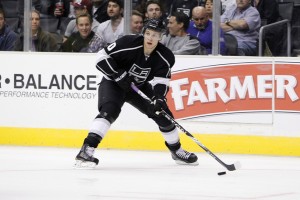
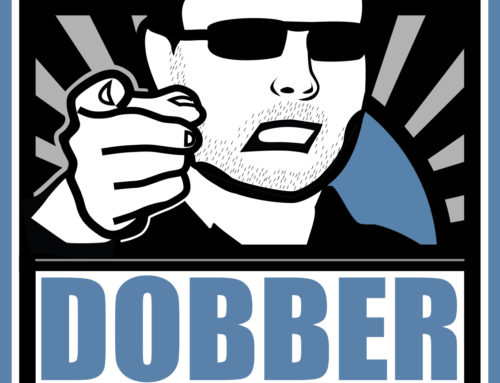
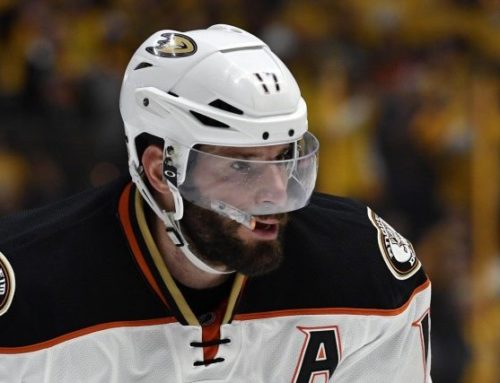
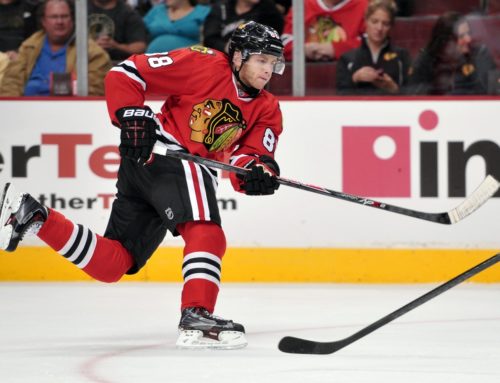
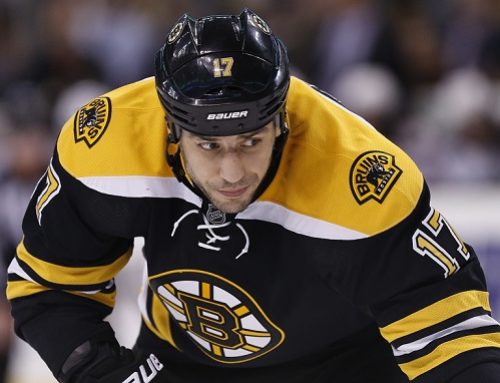
 FLA
FLA EDM
EDM VGK
VGK N.J
N.J MIN
MIN WSH
WSH STL
STL MTL
MTL CBJ
CBJ
